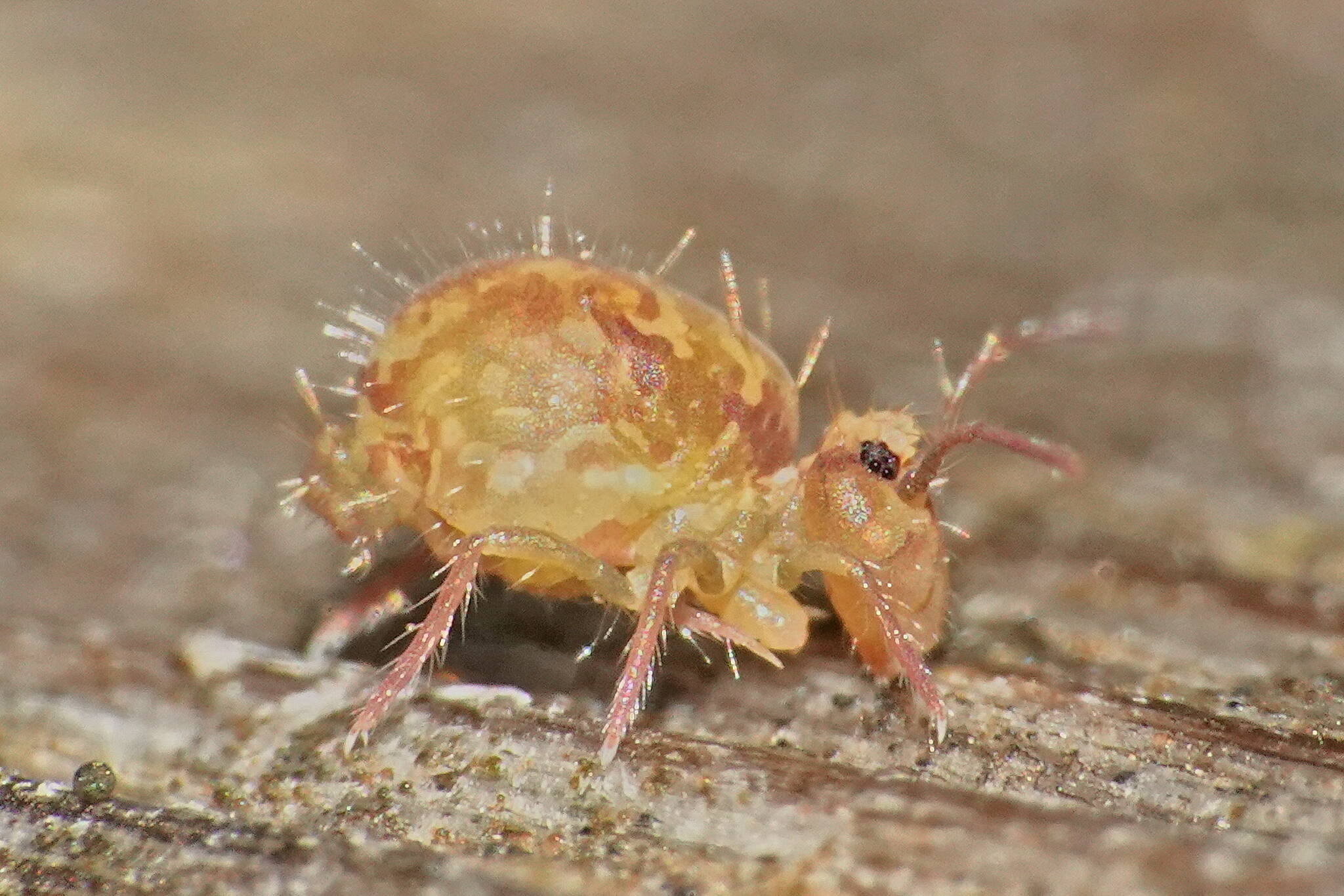An early November stroll on the dike trail was uneventful until I met some Real Birders, who were there in search of some unusual sightings. They’d seen a spotted towhee, up from Washington or thereabout, and seldom seen here. There was also a palm warbler, likewise ranging northward, and this one I eventually saw too. But I missed the brambling, a rare visitor from Asia. It’s always fun to see the rare birds, although I seldom go searching for them. But one has to wonder how they happened to come here.
The next day was dark and drippy. I went with a friend to the Boy Scout trail, where we (surprisingly) found no other humans. We did find a raven on the trail in an open area and we stopped to see what it would do. After considering us for a few minutes, it resumed foraging, picking up small items from the mud and gravel of the trail (KMH photo). A look through the binoculars revealed that the small items were little earthworms. The worms lay inert on the cold ground, only an inch or so long in the contracted position (but over two inches when extended). The raven foraged calmly just 15 feet from us and grabbed dozens of them. After maybe 10 minutes of continuing worm-collection, the raven sauntered off into the meadow. And we moved on too.
Out on the beach at low tide, we found an old tree root that had spent a long time in the sea, where it had acquired a considerable colony of barnacles. But now all those barnacles were gone, leaving just the roundish attachment marks. That tree root was surrounded by numerous tracks of large gulls, making it clear who had snacked on those barnacles. (MFW photo).
Another early November day took me to the Visitor Center area. There I encountered a local photographer who was interested in the fauna on the wooden railings. So, of course, I looked closely and saw tiny springtails dotted along the top of the rail. What were they doing there?? Probably eating microalgae, fungal spores, and micro-detritus.
Springtails (Collembola) are small arthropods related to insects (but no longer classified as insects). They are only a few millimeters long. They characteristically have a special, forked, abdominal appendage called a furca or furcula. It’s held up under tension against the abdomen but, when released, it flips down against the substrate and very rapidly flings the wee beastie end over end, usually traveling many times its own body length, but directional control is not great. Good jumping helps them escape from dangerous conditions and predators. Lots of invertebrates eat springtails and so do some birds, upon occasion.
It was a surprise to see springtails on the railing, so I looked at other wooden railings on the way to the falls; several had springtails on them. Who would have thought that those railings could host some interesting critters! Maybe this could happen at other times of year, too — something to look for!
Springtails are an ancient group, known from over 400 million years ago. There are more than 6,000 known species, and there may be as many as 10,000 species, lots of them still undescribed. They inhabit all sorts of places, from the soil and moss carpets up to tree canopies, down to caves, sometimes reaching very high densities in the soil (many thousands per square meter). Sexual reproduction is possible, but many of them are parthenogenetic — females producing offspring without input from males. They share with many other arthropods the curious arrangement in which parthenogenesis is controlled by symbiotic bacteria in the female reproductive organs and eggs.
Most springtails breathe through a porous cuticle, with no internal channels to distribute the oxygen and carbon dioxide (unlike insects). They eat all sorts of microorganisms and micro-detritus with the help of symbiotic gut organisms. Most of them are sensitive to desiccation, often seeking damp conditions. They molt their cuticle periodically, and if conditions are very warm they can, by molting, reduce their body size by about 30%, saving metabolic costs. Interesting little critters, they are!
• Mary F. Willson is a retired professor of ecology. “On The Trails” appears every Wednesday in the Juneau Empire.

